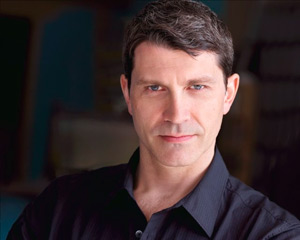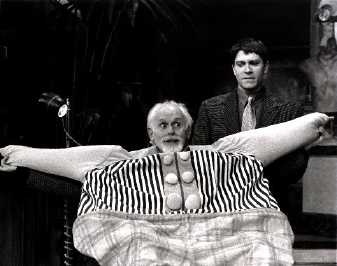Canadian Theatre Encyclopedia
Essiembre, Paul

Actor who has performed across the country for more than twenty years. He studied at Dawson College (Dome Theatre).
Among the companies, theatres and festivals for which Paul Essiembre has worked are the Stratford Festival, Atlantic Theatre Festival, Saidye Bronfman Centre, Centaur Theatre, Theatre New Brunswick, National Arts Centre, Great Canadian Theatre Company, Citadel Theatre, Prairie Theatre Exchange, Manitoba Theatre Centre, Théâtre du Nouveau Monde, Théâtre Français de Toronto, Canadian Stage.
He has performed in the premieres of Andrew Moodie's Oui and Vittorio Rossi's In Pursuit of a Cow as well as in numerous productions of the works of Shakespeare. He played at the River Run Theatre in Guelph in Tennessee Williams' Kingdom of Earth (November,1999) and, in February, 2001, he appeared in the premiere of Zadie's Shoes at Factory Theatre. In 2008, he appeared in the Studio 180 Theatre production of Stuff Happens.
He has also appeared in more than fifty television and film projects, including Jack: The Jack LaytonStory (CBC.

Paul Essiembre is a dynamic actor with a leading man's looks and a character actor's attention to detail. For instance, in the 1999 production of Sleuth (SBC), he attracted attention to the character despite playing the less colourful role of Milo to David Francis' skilled portrayal of Andrew; his British accent was solid, his enjoyment of the play's trickery evident, making for a fascinating evening despite the conspicuous age of the work. In the role of Capulet in the Citadel production of Romeo and Juliet (2014), he exhibited violent outbursts of rage that convincingly demonstrated the autocratic patriarchy of Renaissance Italian society.
Profile by Gaetan Charlebois. Additional information provided by Christopher Hoile and Anne Nothof.
Last updated 2014-04-06

